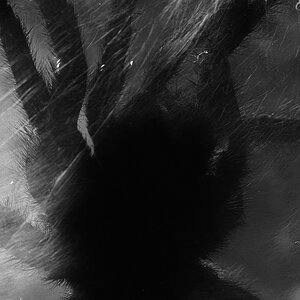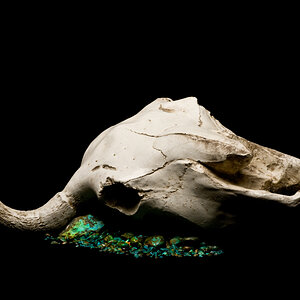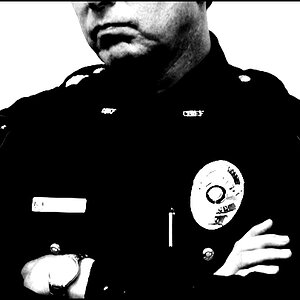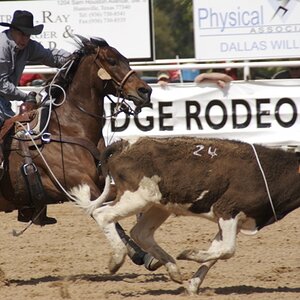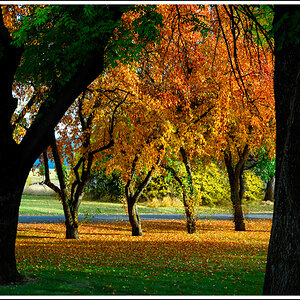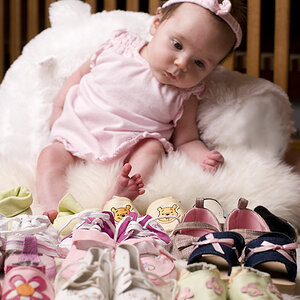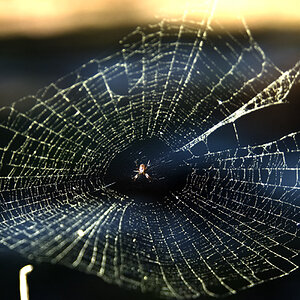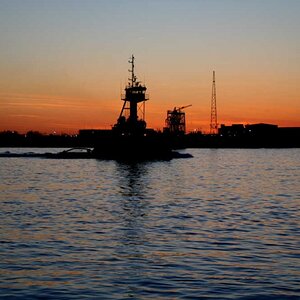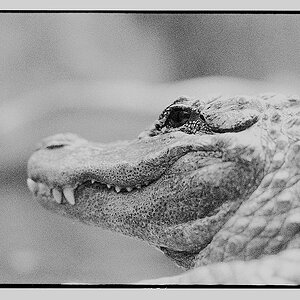beagle100
Been spending a lot of time on here!
- Joined
- Mar 31, 2015
- Messages
- 2,073
- Reaction score
- 546
- Can others edit my Photos
- Photos OK to edit
How much n your Canon M5 APS-C sensor mirrorless, compared to the 100-400mm I would use on my 1600D?
LOL!
obviously you don't (yet) have a mirrorless camera !
www.flickr.com/photos/mmirrorless
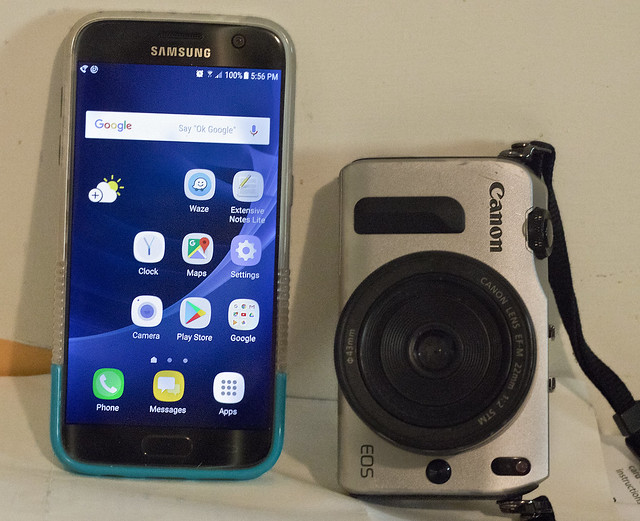 Untitled by c w, on Flickr
Untitled by c w, on Flickr

 Untitled
Untitled Untitled
Untitled